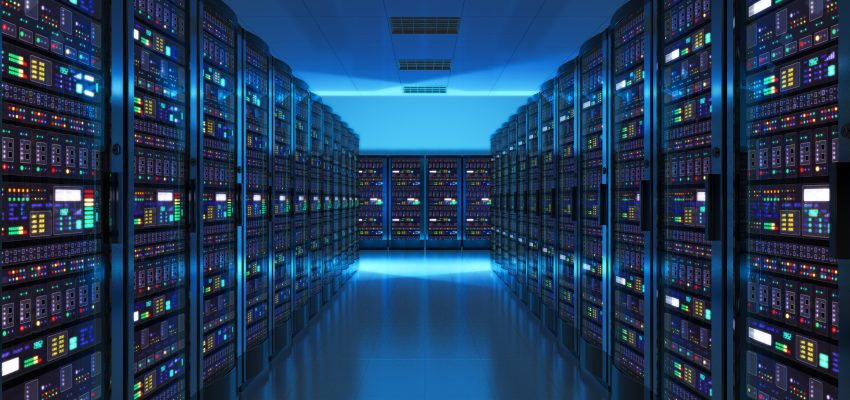Demand for data is on the rise. Activities that people and businesses now take for granted—sharing photos instantly online, cloud document storage, content streaming, real-time data and analytics—all require data center processing power to function. As smart buildings, industrial automation and AI continue to expand, the need for fast and reliable data services will only continue to rise.
This rise in demand for data creates a demand for more advanced IT equipment. This equipment often requires more power than older alternatives. But with more power comes more heat—generated by the complex and high-powered processes these technologies execute. Because of this, modern, high-powered IT equipment is quickly becoming incompatible with existing data center cooling infrastructure. Data center managers may want to pack more and more equipment into their data centers to meet demand, but quite often, they are forced into doing the opposite.
“You used to see all these full racks and then as years went on, you would see the racks becoming less and less full—half full, then down to a quarter full. And a data center director would come in and they would say, ‘Hey, I’m out of space in my data center,’ and you come in and you look at that and you go, ‘But you’re not, your racks are three quarter empty, fill them up!’” said Matt Archibald, director of technical architecture for nVent’s data solutions business. “But from a cooling perspective, they can’t support that because they need to put in more big air conditioning units that move more air. It costs more to put them in, then it costs more to run them. And it makes you think, is there a better way?”
Addressing cooling challenges is nonnegotiable for data center managers. Data centers are under constant pressure to scale up operations, but they cannot compromise the safety and integrity of IT equipment by allowing equipment to reach high temperatures. Traditionally, data centers have approached cooling by pumping cooled air through their facilities and server racks, but air is not a very efficient cooling mechanism, and pumping more and more air through facilities to cool equipment means running bigger and more powerful air moving equipment. This means more of the energy coming into the data center must be used to run cooling equipment and less can be used to power IT equipment. Intense air cooling can also create wind-tunnel-like environments that are difficult to work in.
Liquid cooling can solve this challenge and add efficiencies by bringing a cooling medium (water) closer to where heat is generated. Water-based fluids are also much more efficient mediums for transferring heat: they capture and hold heat very well, making them perfect for quickly and easily removing heat from systems. New IT equipment is often built with liquid cooling in mind, making it even more important for data centers to adopt it. Sometimes, data centers can retrofit with liquid lines running directly to server racks, but in addition to complete liquid cooling solutions, nVent also offers hybrid solutions that bring liquid cooling capabilities to individual server racks without the need for retrofitting.
“We are the enablers of the next generation of technology. And that’s pretty cool,” said Archibald. “Whether that’s spilling into immersion cooling with our recent partnership with Iceotope, or with our direct liquid to chip portfolio with our coolant distribution units and the liquid to air appliances, all of those things are where it’s really exciting to enable new technology in that space. We are able to support customers in that space today and continue driving innovations forward in the most efficient ways we possibly can.”
It’s not enough for data centers to simply find ways to scale operations, they need to do so with an eye towards sustainability. Liquid cooling contributes to sustainability by ensuring as much energy as possible is put towards IT operations instead of cooling, allowing data centers to reduce the amount of energy used running air conditioning units and coolers. Additionally, cooling IT equipment more efficiently helps data centers fit more equipment in server racks, helping to reduce their footprints, or at least to avoid expanding them as demand increases.
But, as with any data center challenge, the right answer to sustainable operations is not the same for every data center customer. Just as every data center has unique challenges, meeting those challenges requires unique solutions.
“The way we view sustainability and being more efficient and conscious about all ESG matters is that we don’t want to be one size fits all,” said Archibald. “Different applications have different needs, and we want each solution to be focused on the finances as well as focused on the most efficient solution for what a customer wants to do. For large data centers, small data centers, edge cabinets and industrial cooling, we have solutions to address all of that that help maintain that peak efficiency depending on what you’re doing.”
Learn more about nVent’s data and networking solutions.


